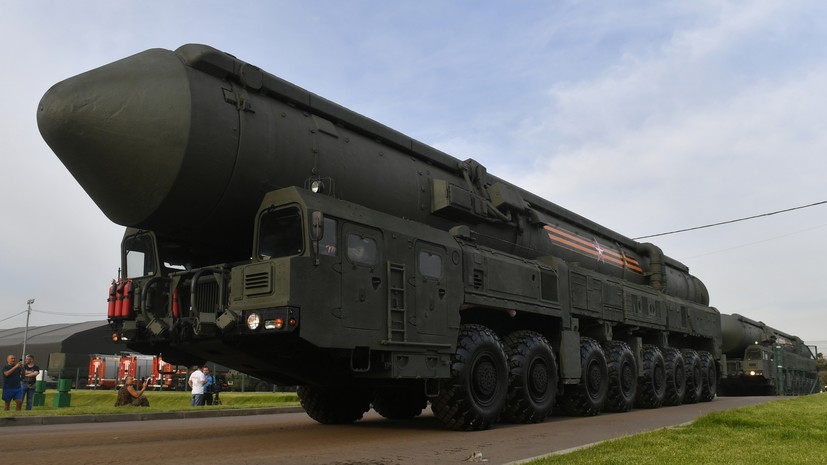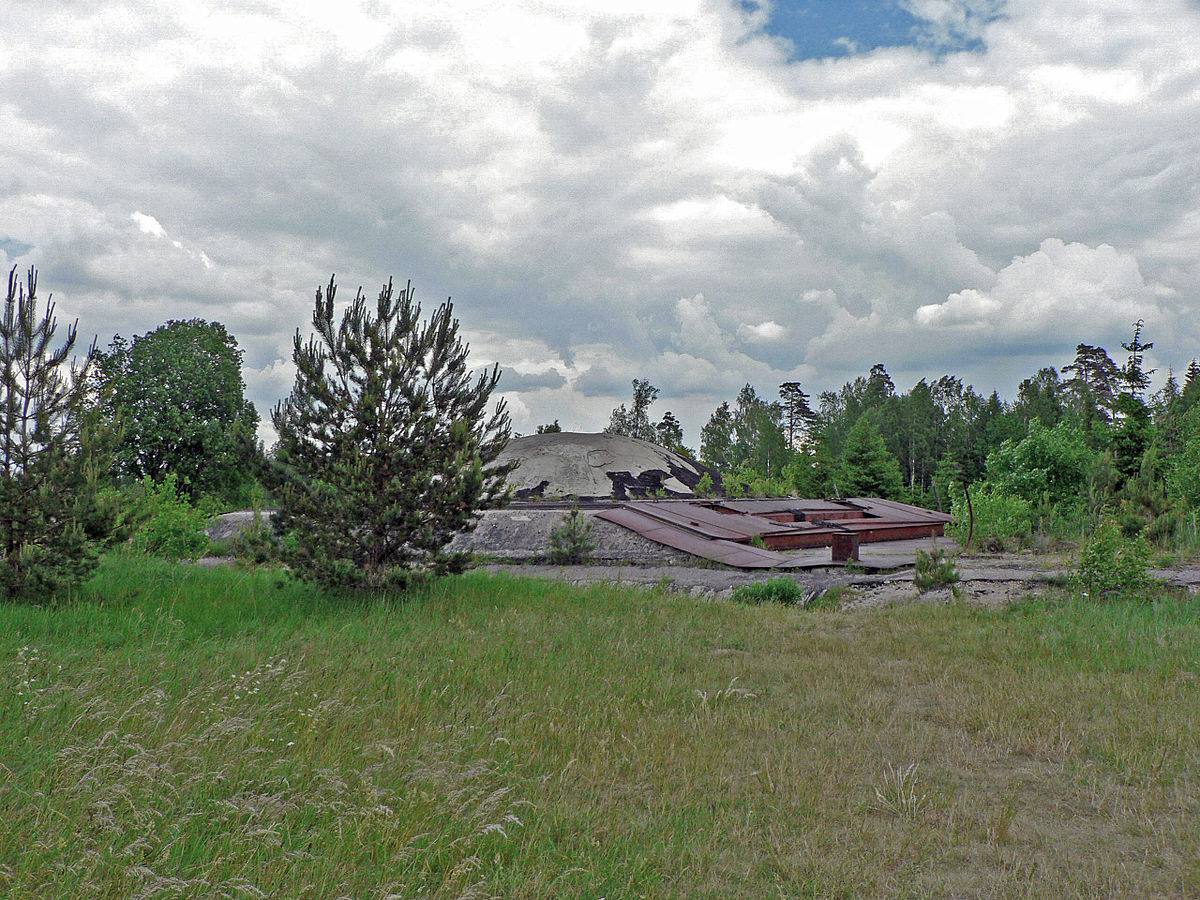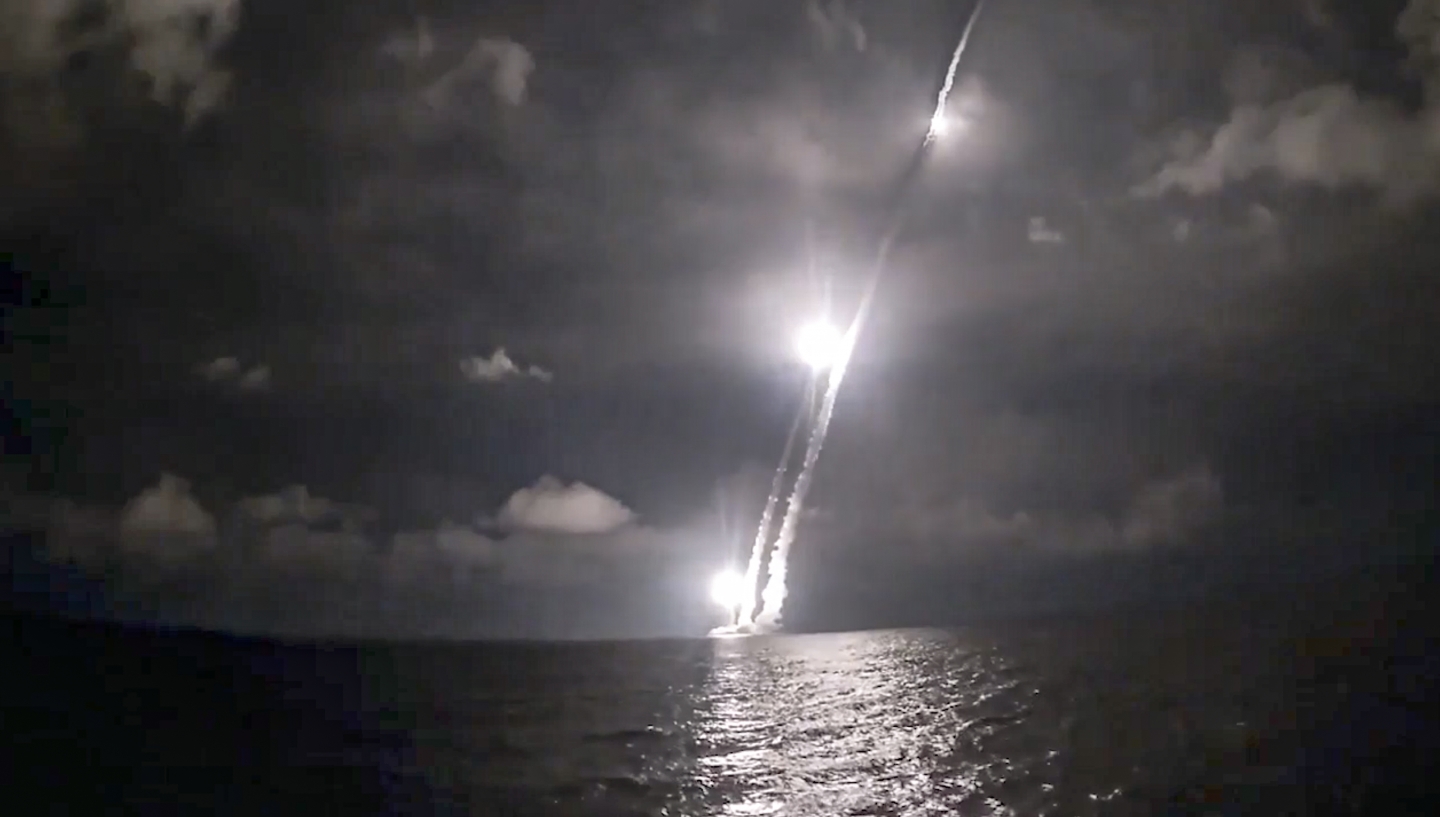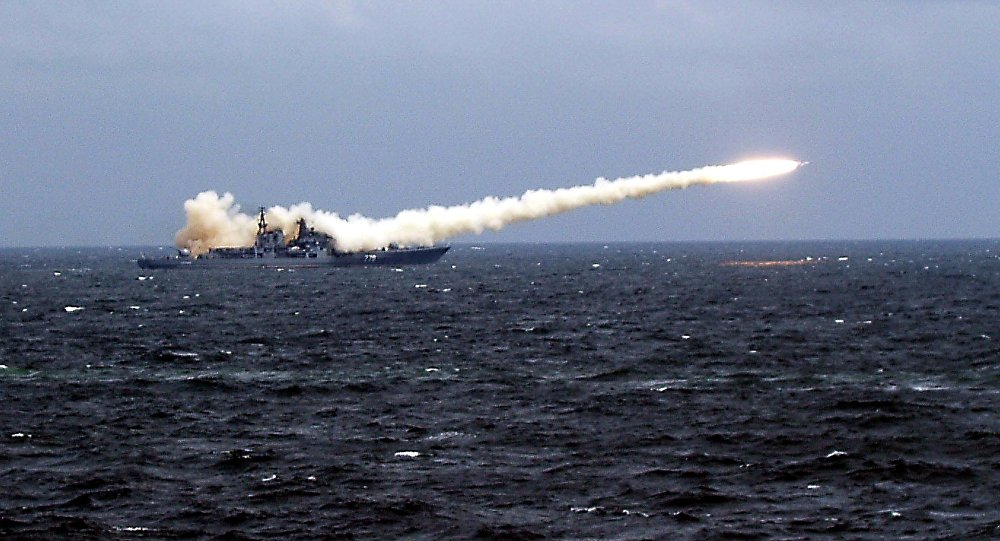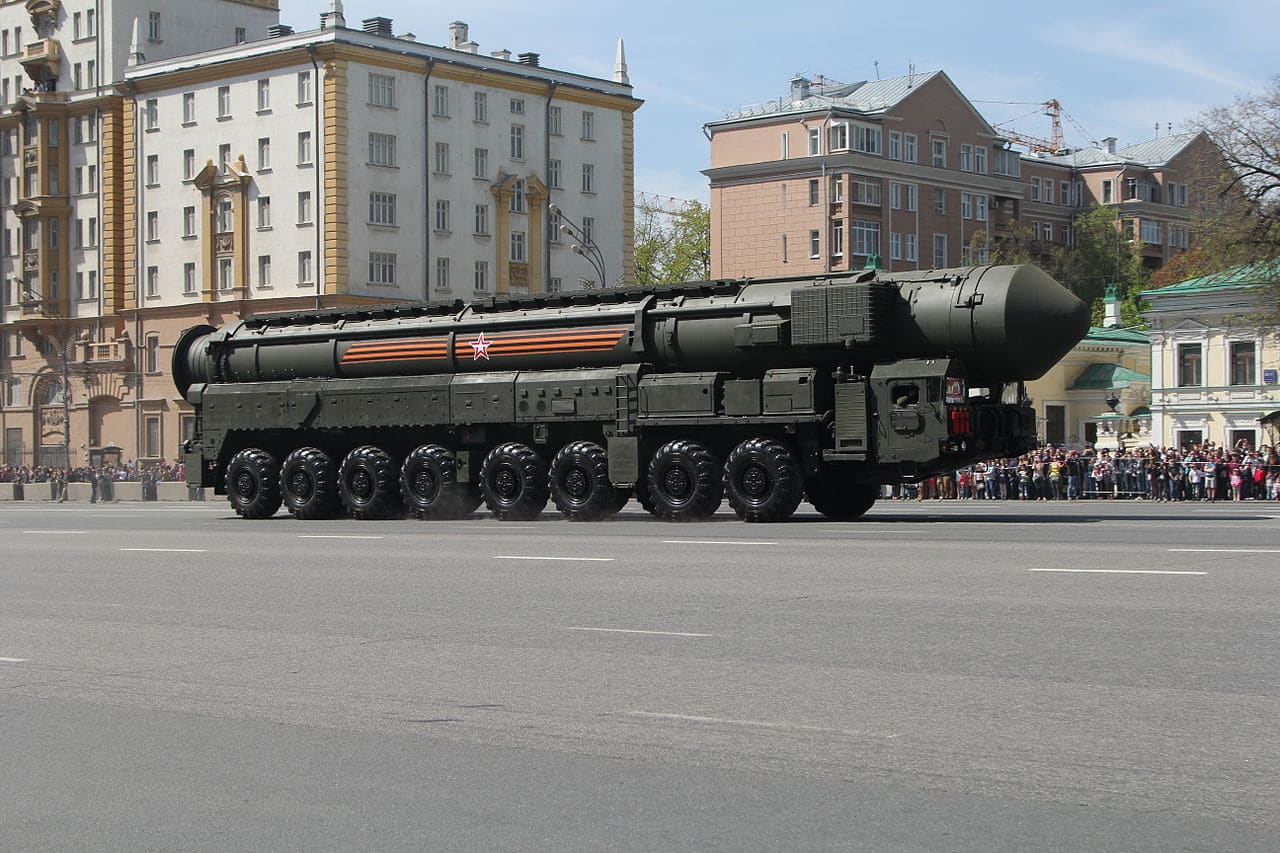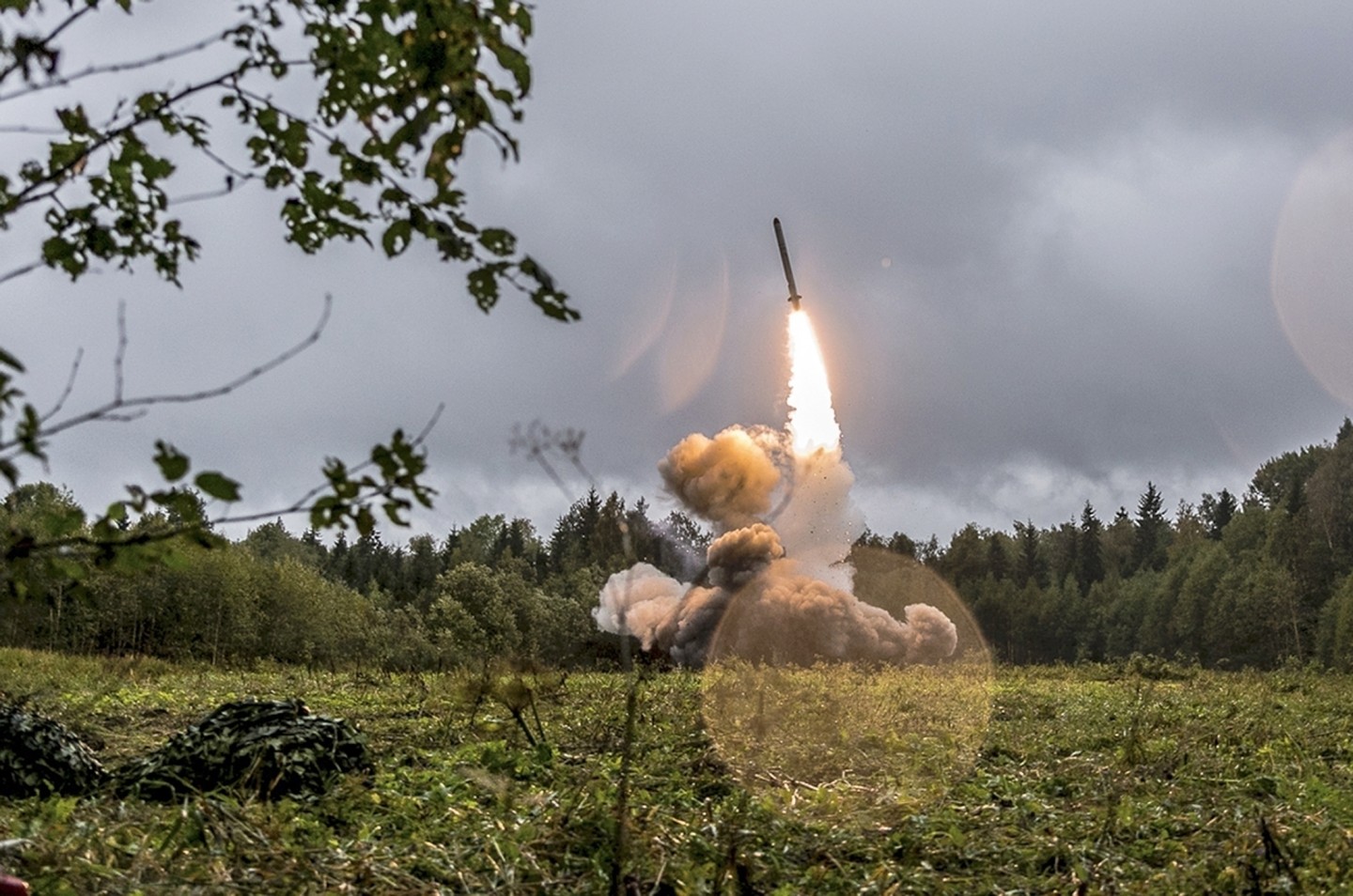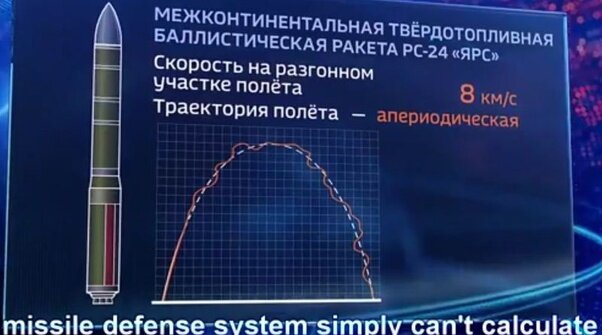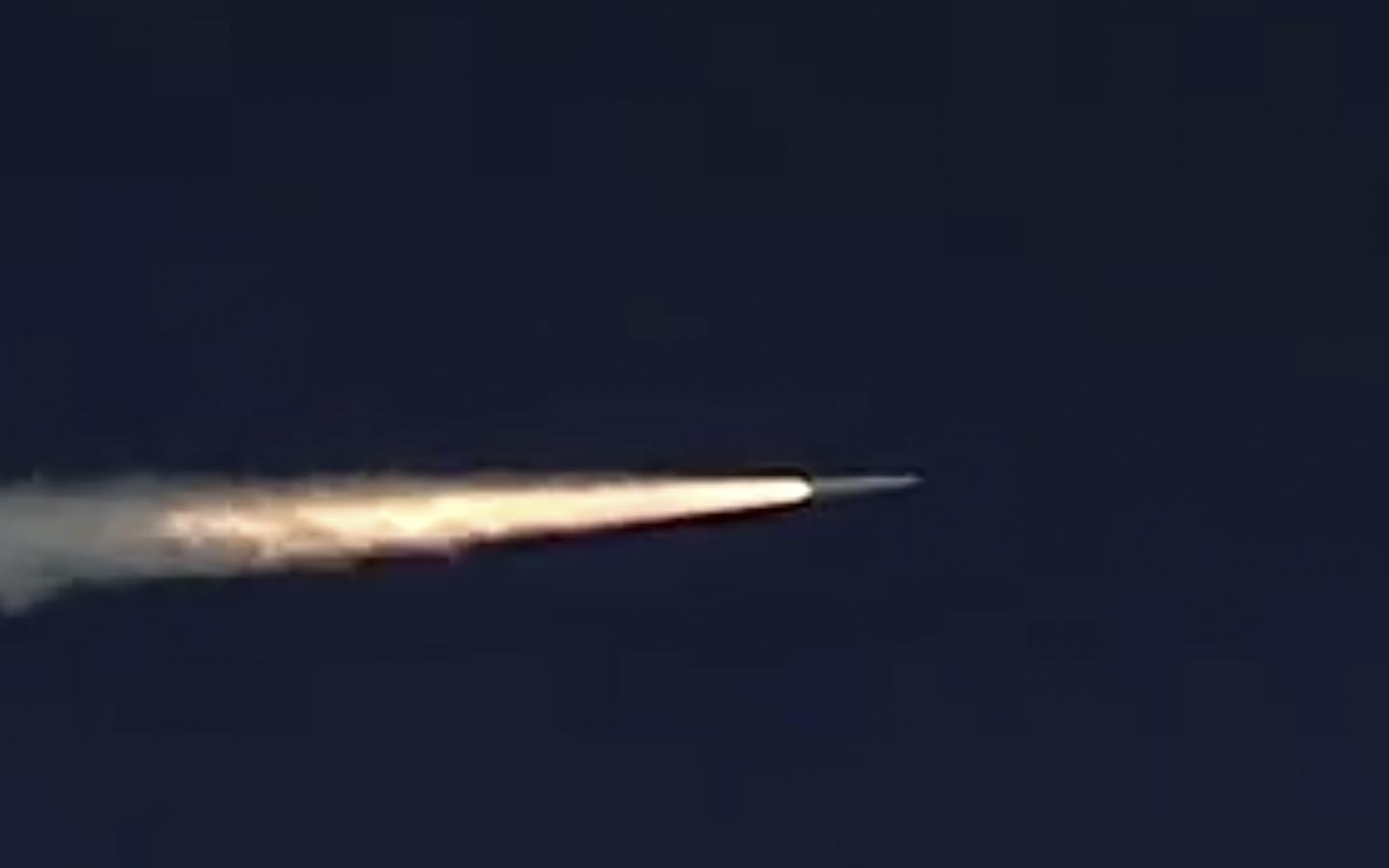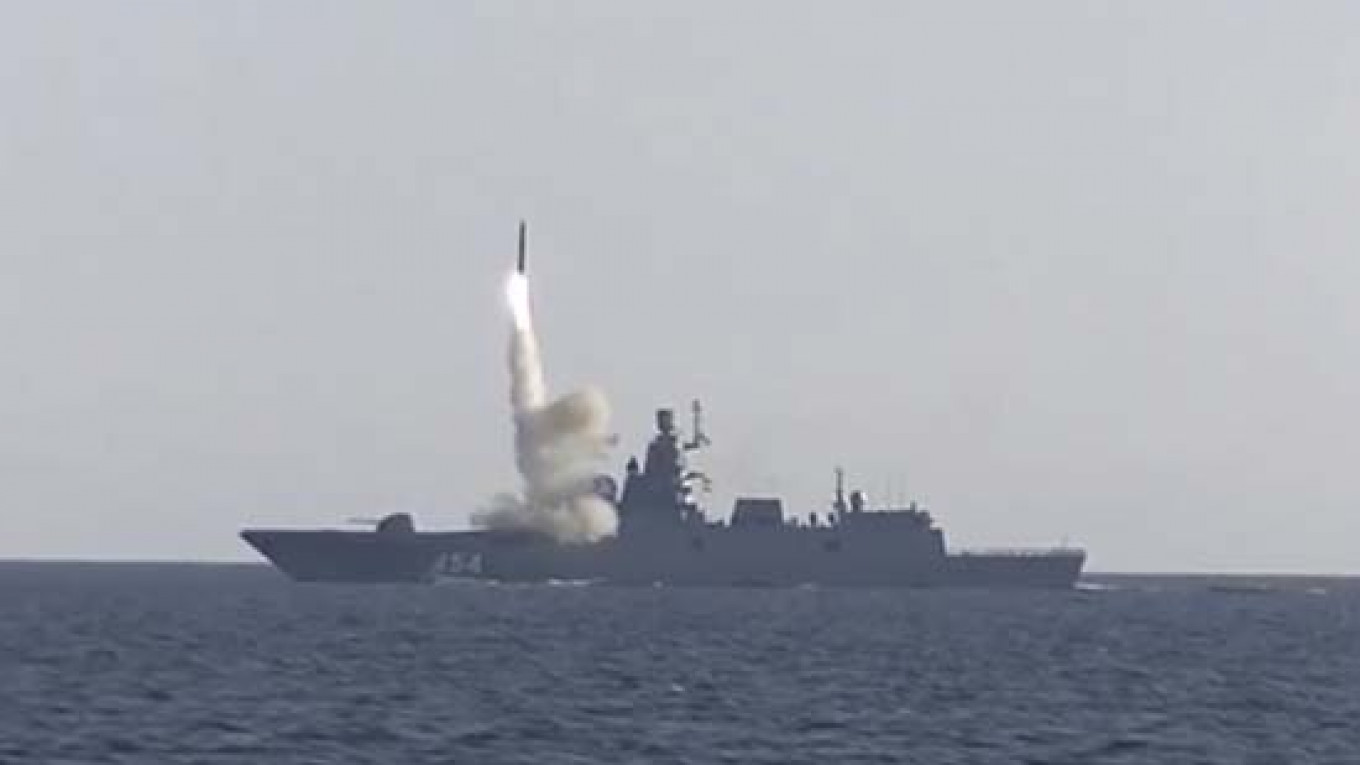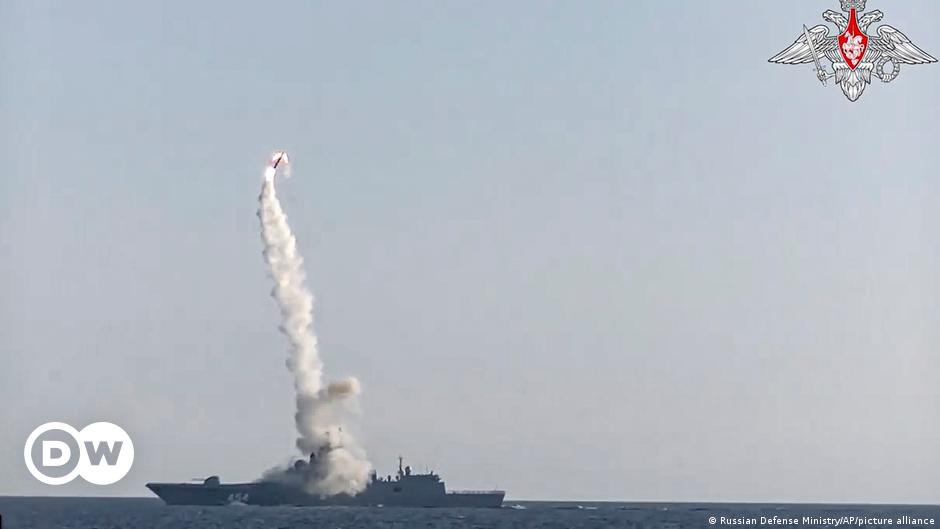- Joined
- 21 April 2009
- Messages
- 13,760
- Reaction score
- 7,702
Is there other examples where the article is talking about what could only be a silo based weapon like “Russia to place Sarmat in existing missile silos” that uses this same wording?Mine is directly translated as Шахта. Ракетная шахта is Missile Silo.
Making a news out of nothing.

